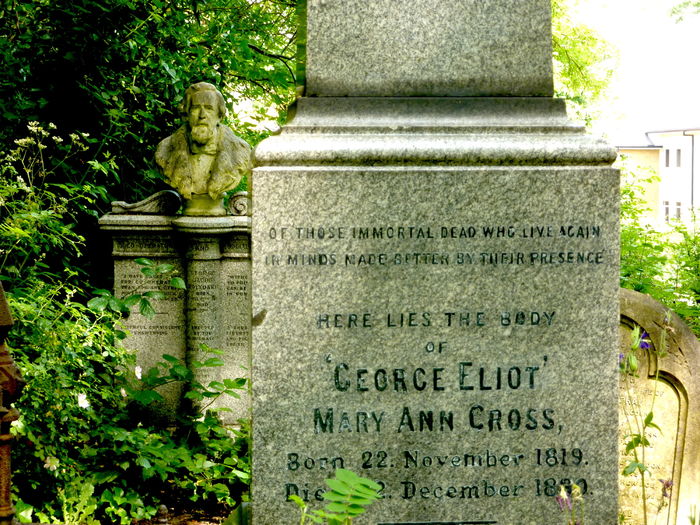Watchmen — not your run-of-the-mill superhero series
Alan Moore and David Gibbon’s comic book adaptation is as mind-bending as it is time-bending, writes Laura Lenkiewicz.
Watchmen’s plot takes place in Tulsa, Oklahoma, a city that is still trying to redeem its guilt almost a hundred years after one of the worst outbreaks of racial violence in the history of the US — the Tulsa race Massacre of 1921, the real death toll of which remains still unknown. Even though Watchmen abounds in science fiction elements, its point of departure from this genre is deeply rooted in the history of the States. Through that, the creators of the series prevent the viewers from dismissing Watchmen as just another science-fiction story detached from reality. The series addresses the problems that lay at the very heart of today’s world — racism, injustice, and the devouring desire for power of the elites; as well as very profound questions that have puzzled humanity for centuries, such as what it means to be a god, why there’s evil in the world if god is omnipotent, and who he (or rather she) is.
“Watchmen is rather a dystopian story that bears dangerously abundant similarities with the reality we live in today.”
At first, Watchmen may seem like a utopia. After all, it takes place in a world where the police aren’t racist anymore, where white supremacists are condemned to social non-existence, and where, in order to use their gun, policemen first have to ask for permission. However, this seemingly perfect world turns out very quickly to be mystified and the viewer realises that Watchmen is rather a dystopian story that bears dangerously abundant similarities with the reality we live in today.
It’s impossible to summarise the plot of the series in just a few words because Watchmen consists of a few different parallel stories not only involving different characters, but also taking place on different planets and at different times. Time here is fragmented — memories, flashbacks, and present events are interwoven to create a narrative that never ceases to fascinate the viewer. Watchmen treats time in a unique way, but it doesn’t do it chaotically, only to confuse the viewer so that we completely lose track of what is happening on the screen, as, for example, in the case of Nolan’s Inception (2010). Time is fluid here, and the characters can be in the past, in the present, and in the future at the same time, which highlights the interrelatedness of all the events in human life. The non-linearity of the narrative isn’t just a cinematic gimmick, but rather a subtle tool that conveys a poignant truth about human life.
“Watchmen is a work that doesn’t need continuation.”
The creators of the series build the Watchmen’s universe slowly. By deciding to weave the story in such a way, they prove that they respect their viewers’ intelligence. By letting them feel confused and lost in the layers of the story, they let them discover and explore the series’ universe all by themselves. It’s only after the first three episodes that we start to make sense of the story and somehow manage to connect the dots in it. That’s why Watchmen may seem like a difficult watch at first, and it requires some patience. But once we get used to the constant flashbacks and familiarise ourselves a bit with the series’ way of weaving its story, we are fascinated by its universe and its characters.
For me, Watchmen is a work that doesn’t need continuation. It’s complete and it becomes even more complete after a re-watch. Its open ending paves the way for various new interpretations of the entirety of the series. And most importantly, it gives the viewers a spark of hope that justice will finally be done. I hope that HBO won’t destroy the ending’s potential by producing another bland sequel just to maximise the company’s profits.
 News / Clare Hall spent over £500k opposing busway 24 December 2025
News / Clare Hall spent over £500k opposing busway 24 December 2025 News / Caius mourns its tree-mendous loss23 December 2025
News / Caius mourns its tree-mendous loss23 December 2025 Comment / The ‘class’ of Cambridge24 December 2025
Comment / The ‘class’ of Cambridge24 December 2025 Comment / Yes, I’m brown – but I have more important things to say22 December 2025
Comment / Yes, I’m brown – but I have more important things to say22 December 2025 Interviews / Politics, your own way: Tilly Middlehurst on speaking out21 December 2025
Interviews / Politics, your own way: Tilly Middlehurst on speaking out21 December 2025










